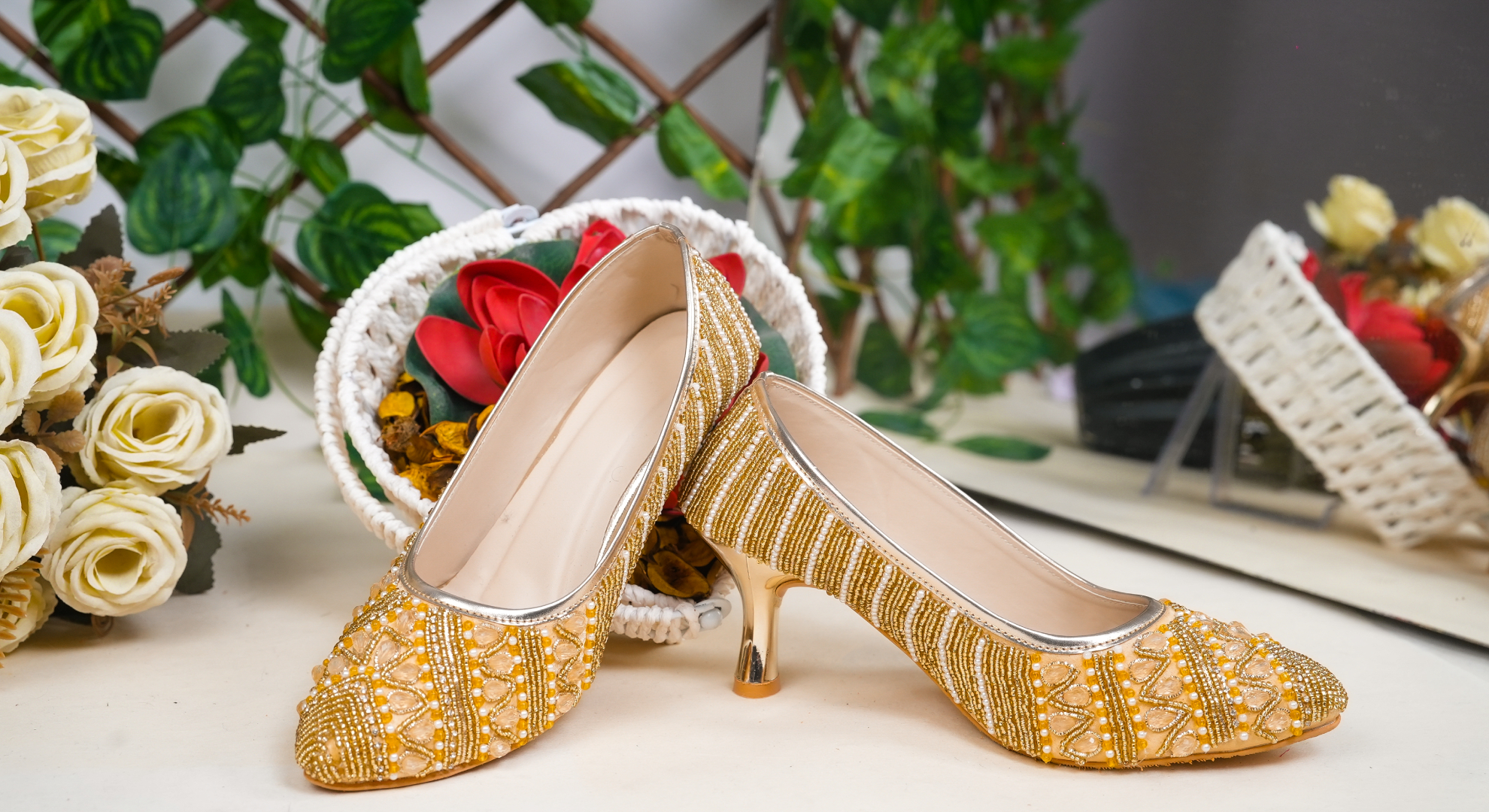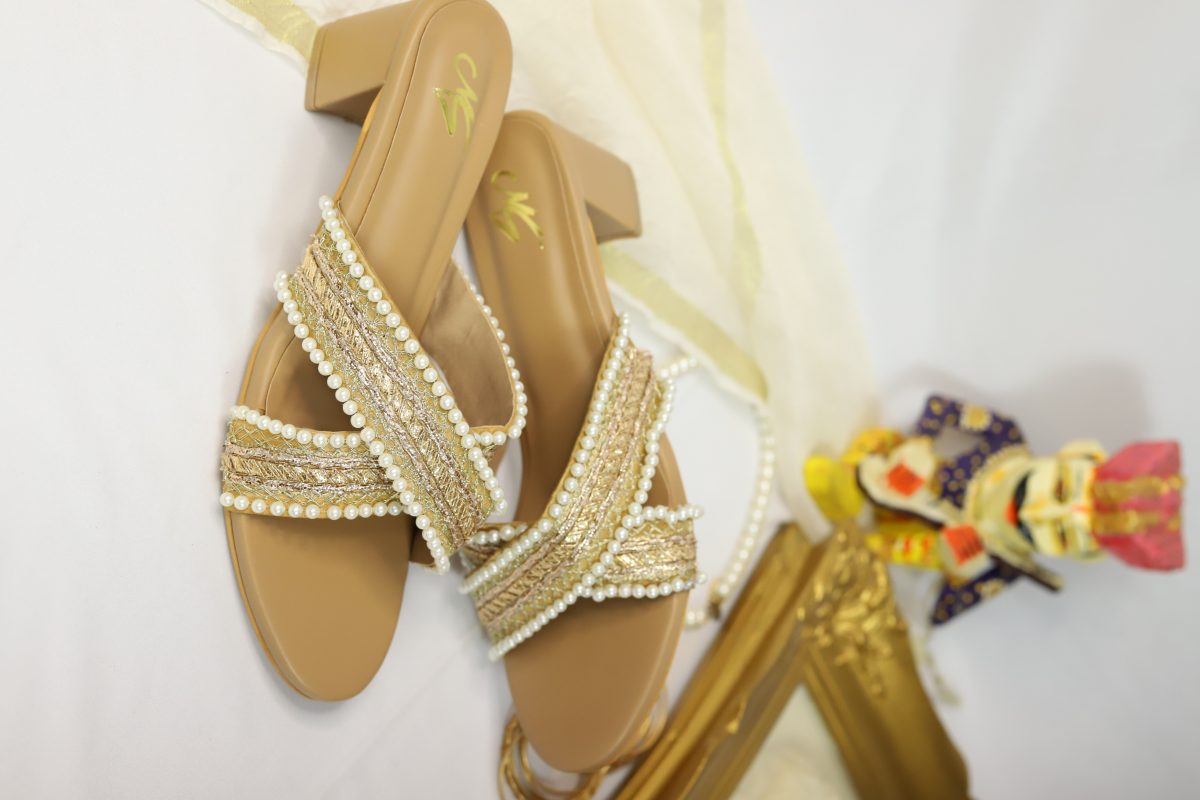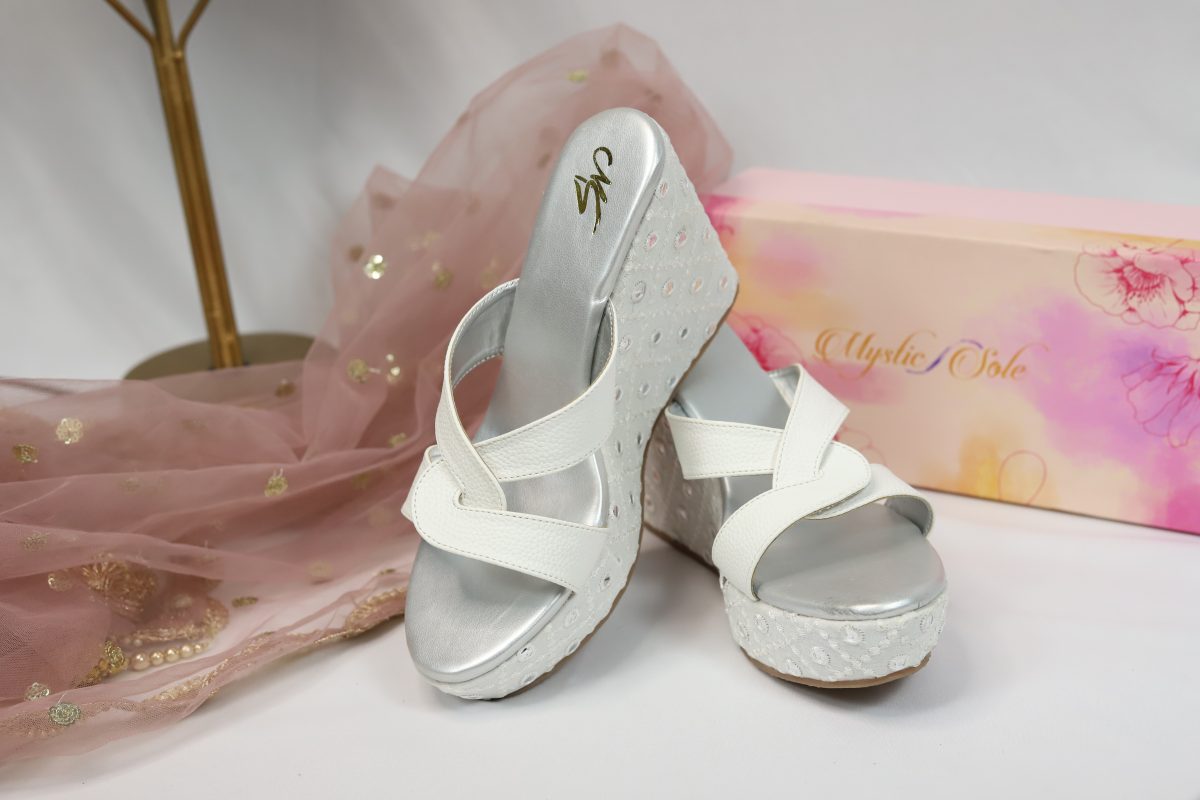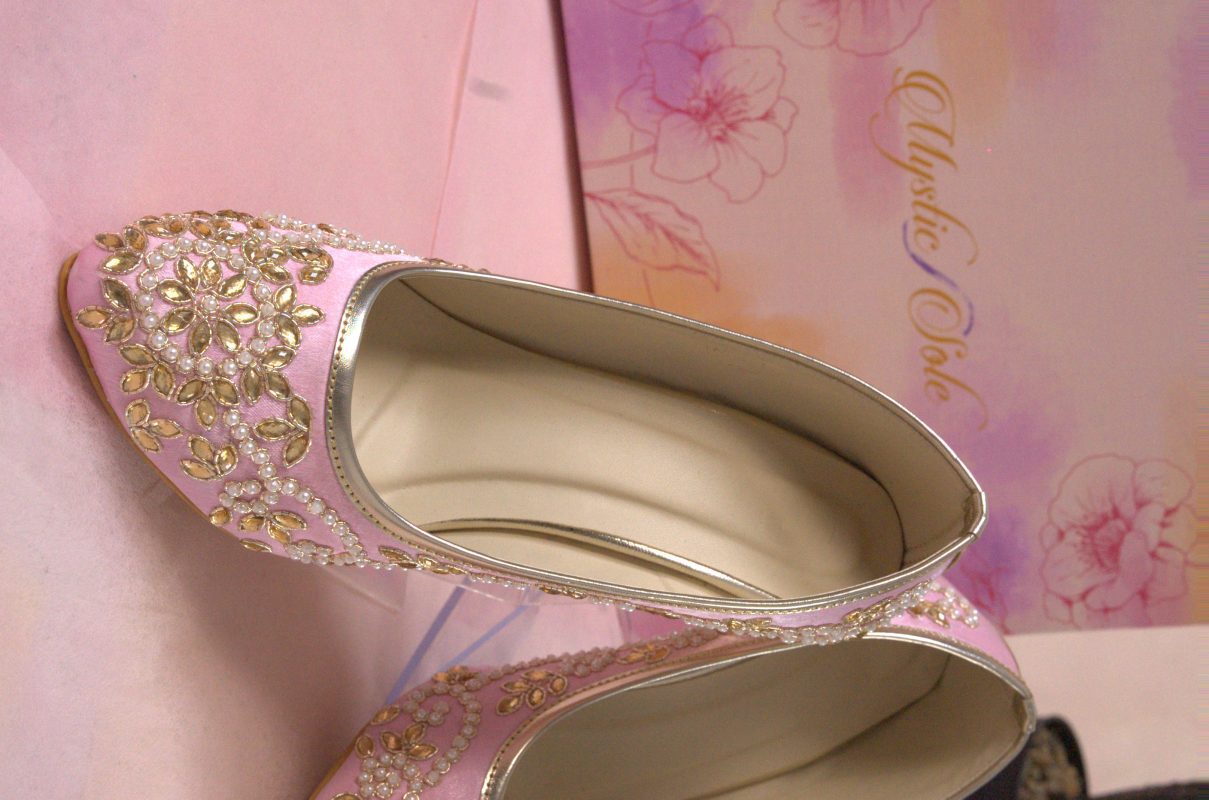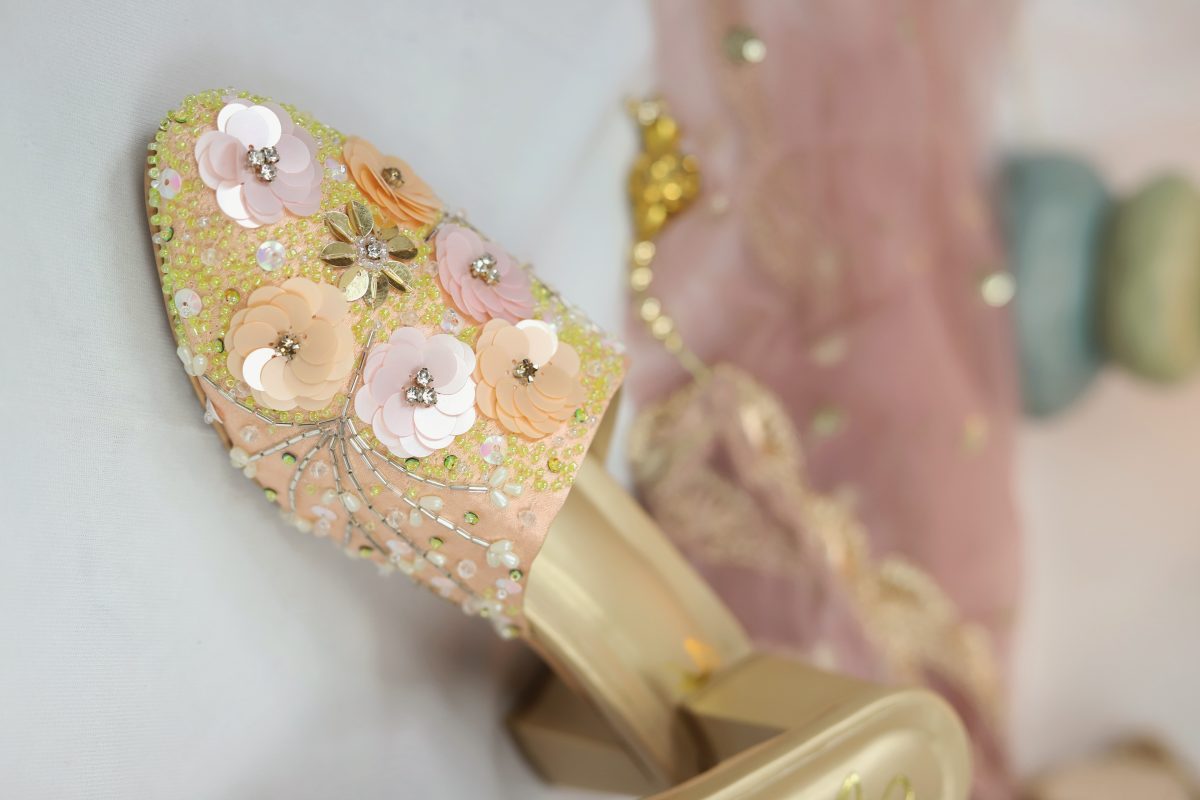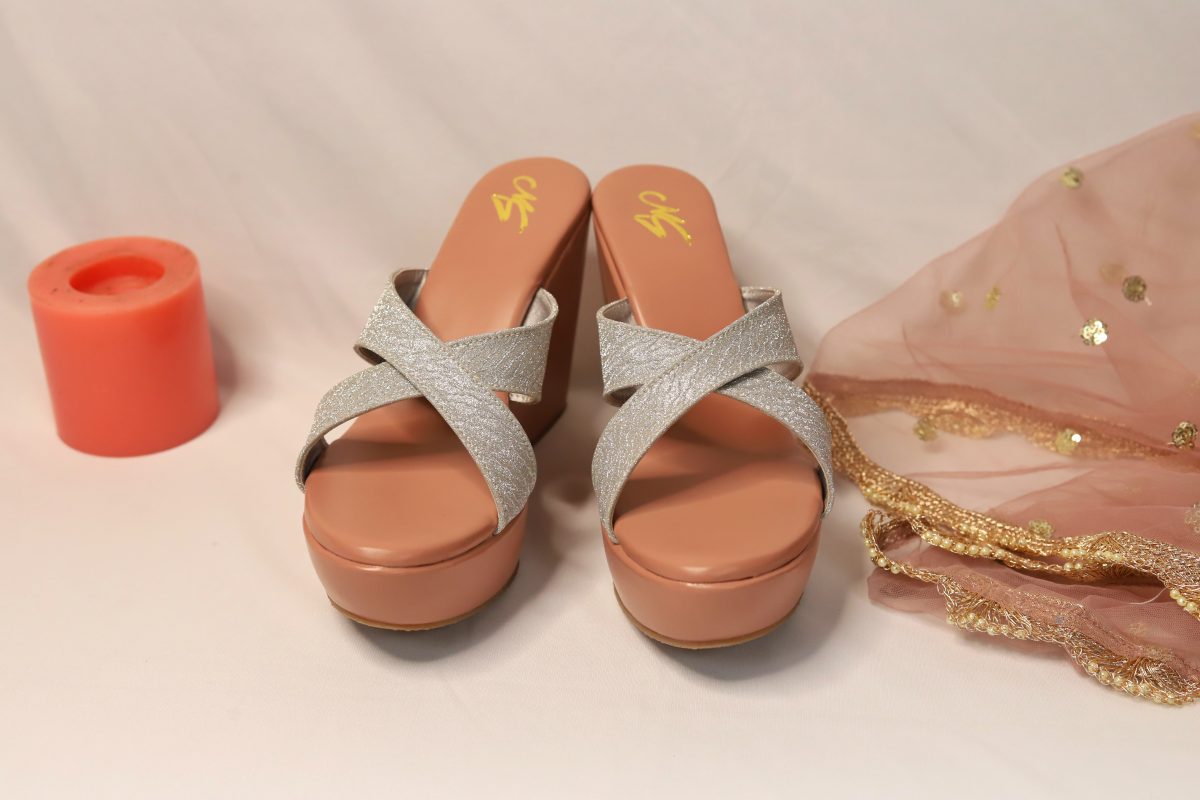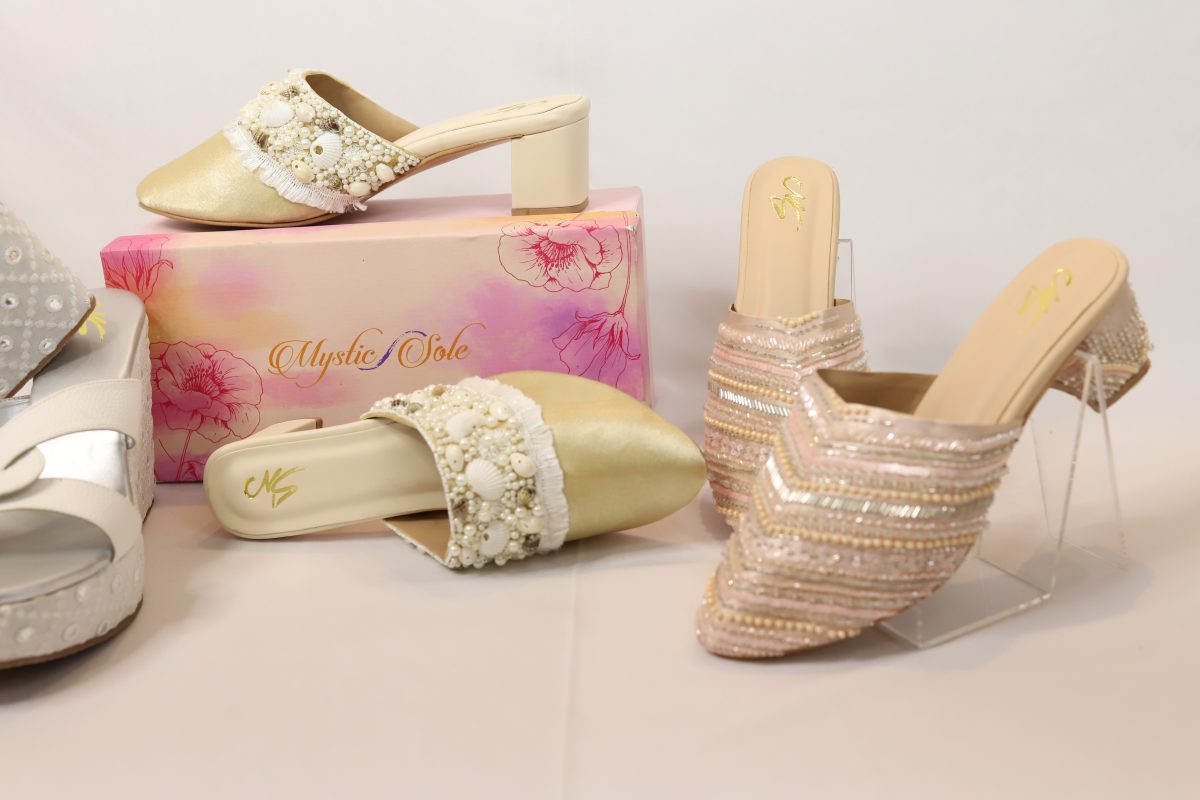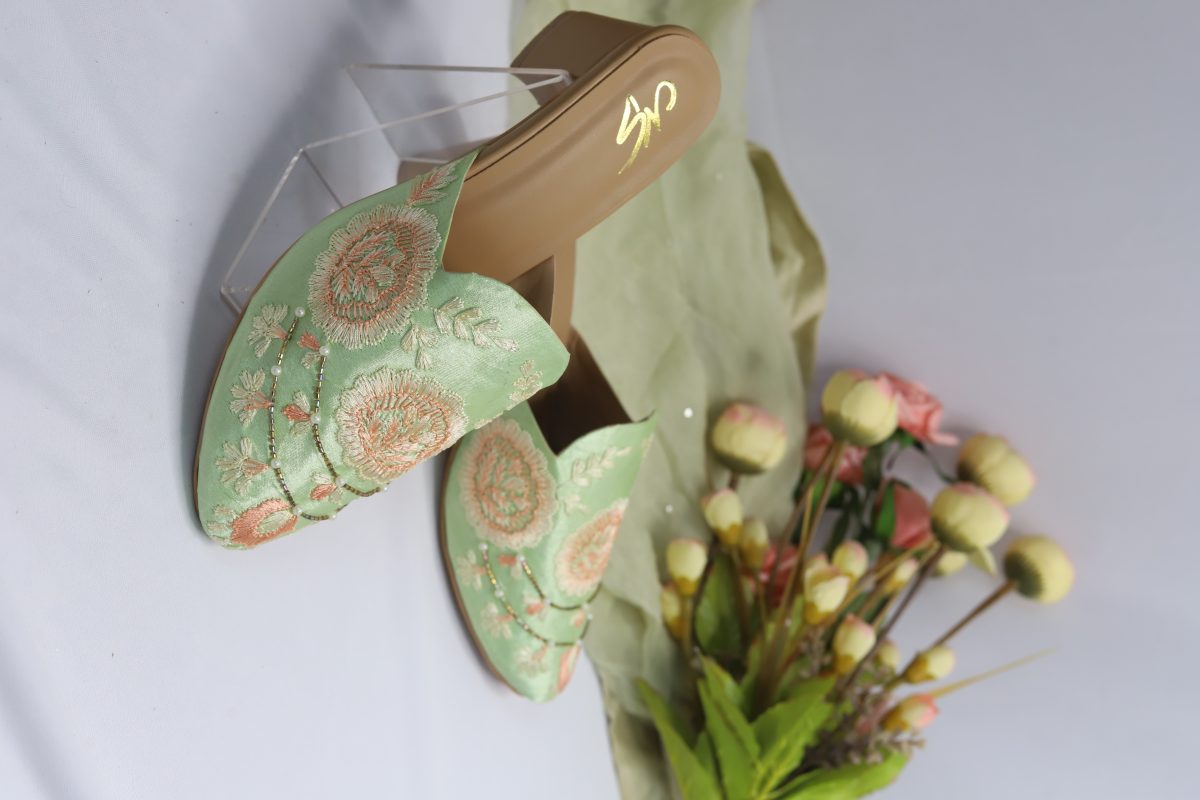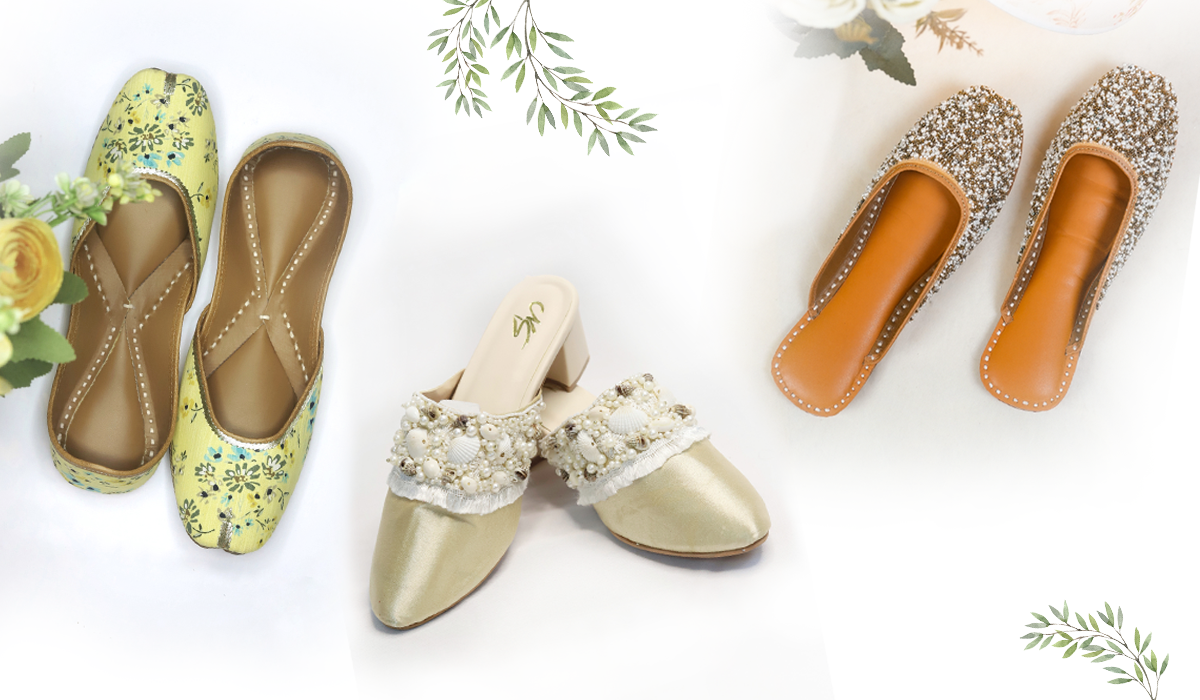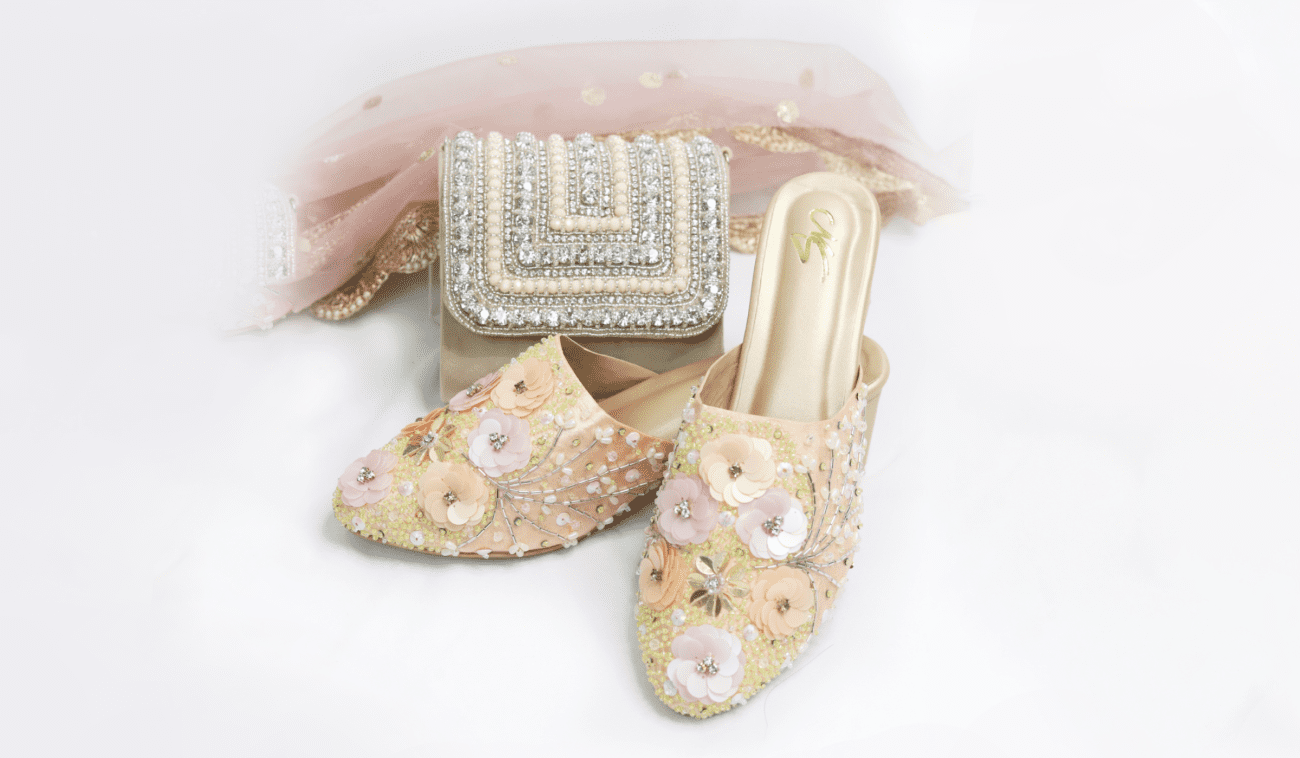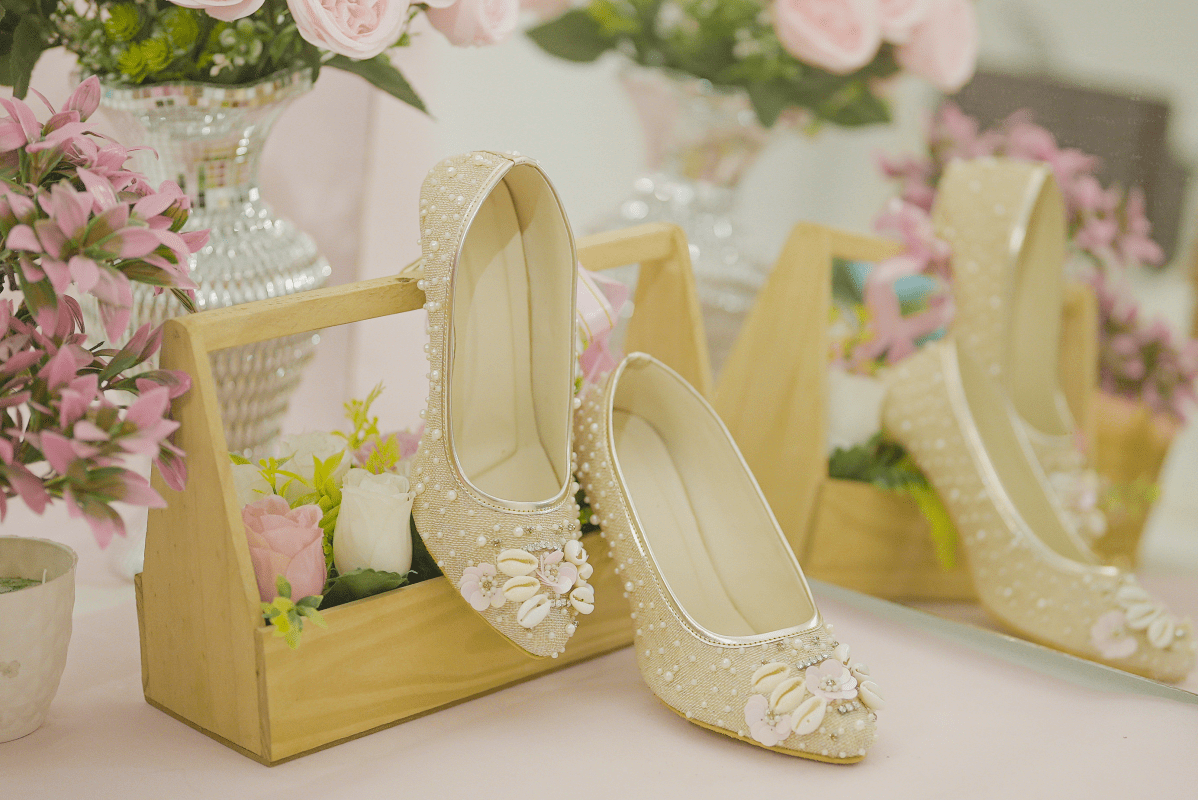Designer heels can transform any outfit, but they often come with the challenge of discomfort and uncertainty about how to wear them confidently. This guide will cover the basics, from selecting the right style and fit to breaking in your heels comfortably. With these tips, you’ll be able to wear your designer heels with ease and confidence.
1. Choosing the Right Style
When it comes to designer heels for women, the style you choose can make a significant difference in both your comfort and your overall look.
Start by considering the occasion. For formal events, classic pumps or stiletto heels often work best. For a more casual setting, you might opt for block heels or wedges that provide more stability. Additionally, think about your personal style and the outfits you plan to pair with the heels.
Strappy heels can add a touch of elegance, while closed-toe heels offer a more conservative look. It’s also essential to consider the season; open-toe styles are great for summer, while closed-toe options are better suited for cooler weather.
2. Selecting the Appropriate Heel Height
Heel height is a crucial factor in both comfort and appearance. High Heels for Women (over 4 inches) are often stunning but can be challenging to walk in, especially if you’re not used to wearing heels.
Mid-height heels (2-4 inches) strike a balance between elegance and comfort, making them a versatile choice for various occasions. Low heels (below 2 inches) or kitten heels are the most comfortable and suitable for long wear. When choosing heel height, consider your ability to walk confidently and comfortably.
It’s always better to start with a lower heel and gradually work your way up as you become more accustomed to wearing heels.
3. Ensuring the Perfect Fit
A well-fitting pair of heels is essential to avoid discomfort and potential injury. When trying on heels, ensure there’s enough room in the toe box to wiggle your toes, but not so much that your foot slides forward.
The heels should feel snug around the back of your foot without pinching. Walk around in the store to check for any areas of discomfort. Keep in mind that feet can swell throughout the day, so try on heels later in the afternoon or evening for a more accurate fit.
Important Note: If you’re buying online, check the return policy in case you need to exchange sizes.
4. Understanding Different Materials
The material of your heels plays a significant role in both comfort and durability.
Leather is a popular choice for its ability to mold to the shape of your foot over time, providing a customized fit. However, leather can be stiff initially, so it may require some breaking in. Suede offers a softer feel but can be less durable and harder to maintain. Synthetic materials can be more affordable but might not provide the same level of comfort or breathability.
Consider the pros and cons of each material and choose one that suits your needs and lifestyle. Watch videos or read articles that would help you know what different materials feel like.
5. Breaking In New Heels
Breaking in new heels is essential to avoid blisters and discomfort. Start by wearing your new Ladies High Heel Sandals around the house for short periods. This allows the material to soften and conform to your feet gradually.
You can also wear thick socks with your heels to stretch them slightly. If certain areas feel tight, use a shoe stretcher or apply a leather conditioner to soften the material. Make sure you avoid wearing new heels for extended periods or on days when you’ll be walking a lot until they’re fully broken in.
6. Using Insoles and Cushions
Insoles and cushions can significantly enhance the comfort of your designer heels.
Gel insoles provide extra cushioning and can reduce the impact on your feet, making it easier to wear heels for longer periods. Heel grips can prevent your foot from sliding forward and reduce friction, which helps prevent blisters.
Ball-of-foot cushions offer additional support to the front of your foot, which can be especially beneficial for high heels. These accessories are widely available and can be a game-changer in terms of comfort.
7. Practicing Proper Posture and Walking Technique
Wearing heels changes your posture and walking technique, so it’s important to practice walking correctly.
Keep your shoulders back and down, and engage your core muscles for better balance. When walking, place your heel down first, followed by your toes, and take shorter steps than you would in flats. Avoid looking down at your feet and focus on a point ahead of you to maintain good posture.
Practicing in a safe, flat environment can help you gain confidence before you venture out in your new heels.
8. Tips for Avoiding and Alleviating Pain
Even with the best preparation, wearing heels can sometimes lead to discomfort. To minimize pain, take breaks throughout the day to rest your feet.
Elevate your feet whenever possible to reduce swelling. Stretch your feet and calves regularly to keep the muscles flexible. If you start to feel pain, don’t ignore it – switch to a lower-heel or flat shoes to prevent further discomfort.
Consider using anti-inflammatory creams or soaking your feet in warm water with Epsom salts to relieve soreness if you experience them.
It’s also a good idea to carry a pair of foldable flats in your bag for emergencies.
Final Thoughts – How to Wear Designer Heels
Wearing designer heels doesn’t have to be a daunting experience. With the right approach, you can find a pair that not only looks stunning but also feels comfortable.
Remember to choose a style that suits both your taste and the occasion, ensure a proper fit, and take your time breaking in new heels. Use insoles and cushions for added comfort, and practice good posture and walking techniques to move with confidence.
By following these tips, you’ll be able to enjoy the elegance of designer heels without sacrificing comfort.
Happy strutting!

